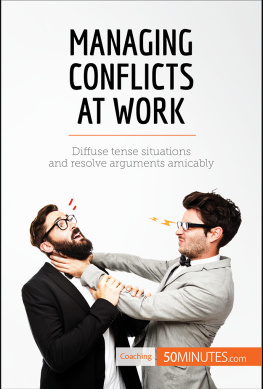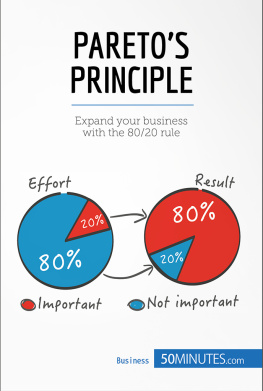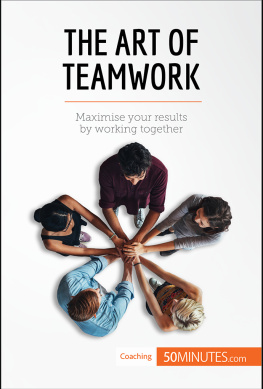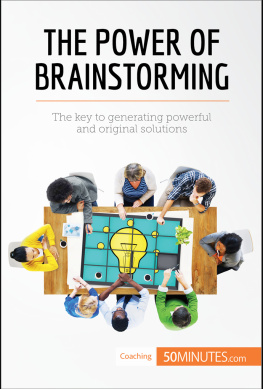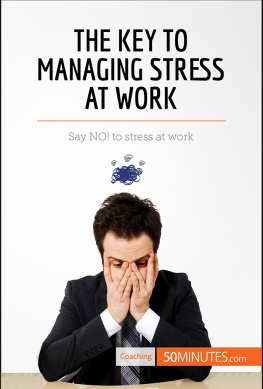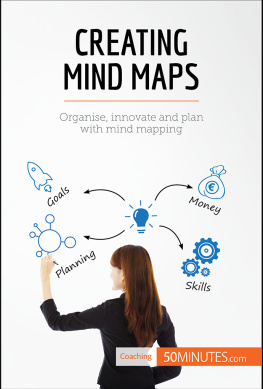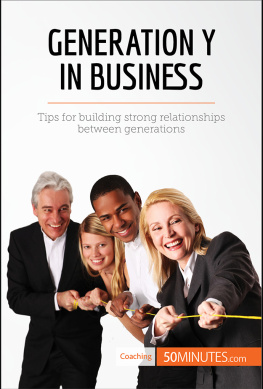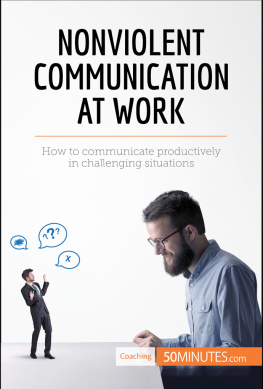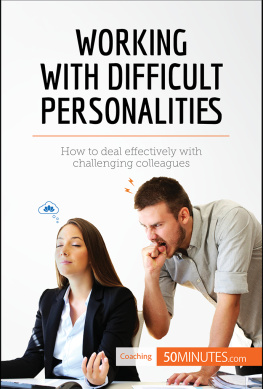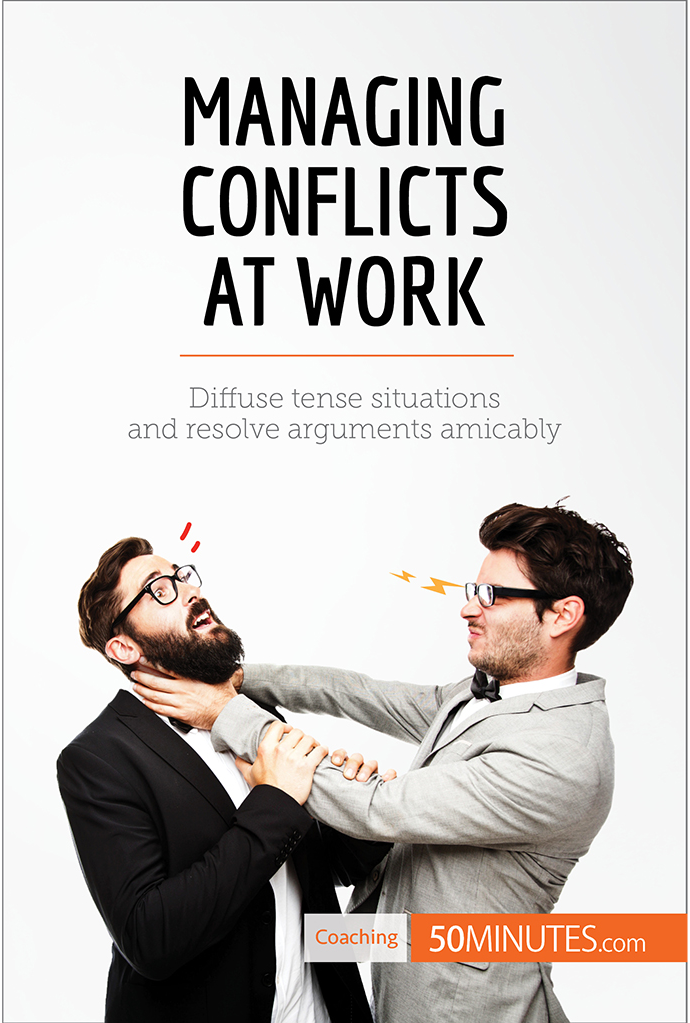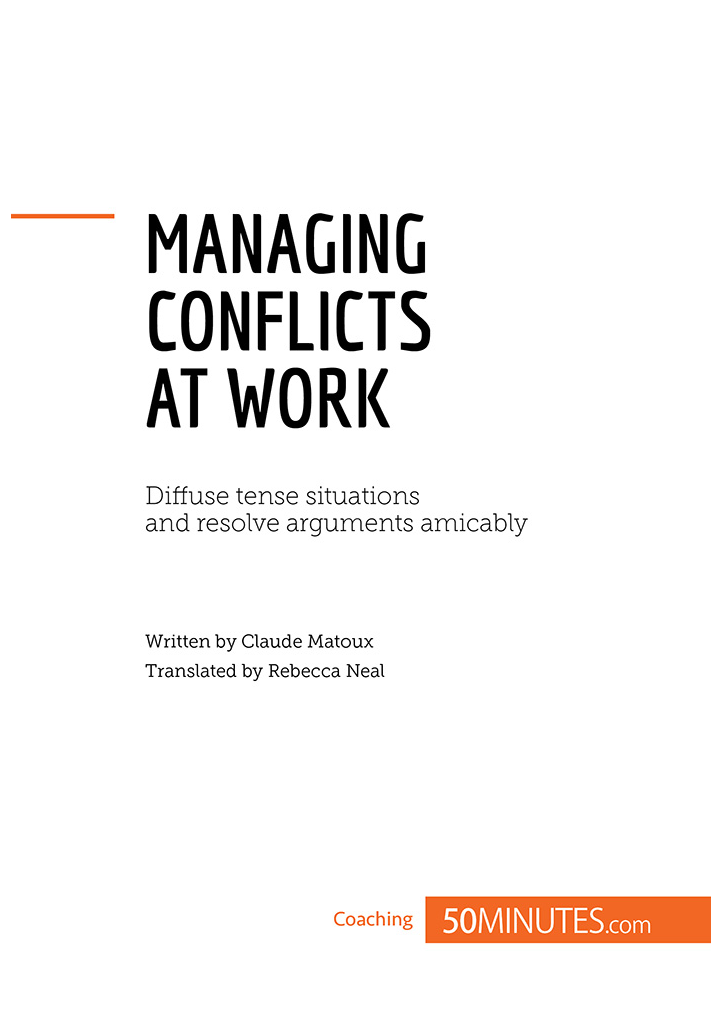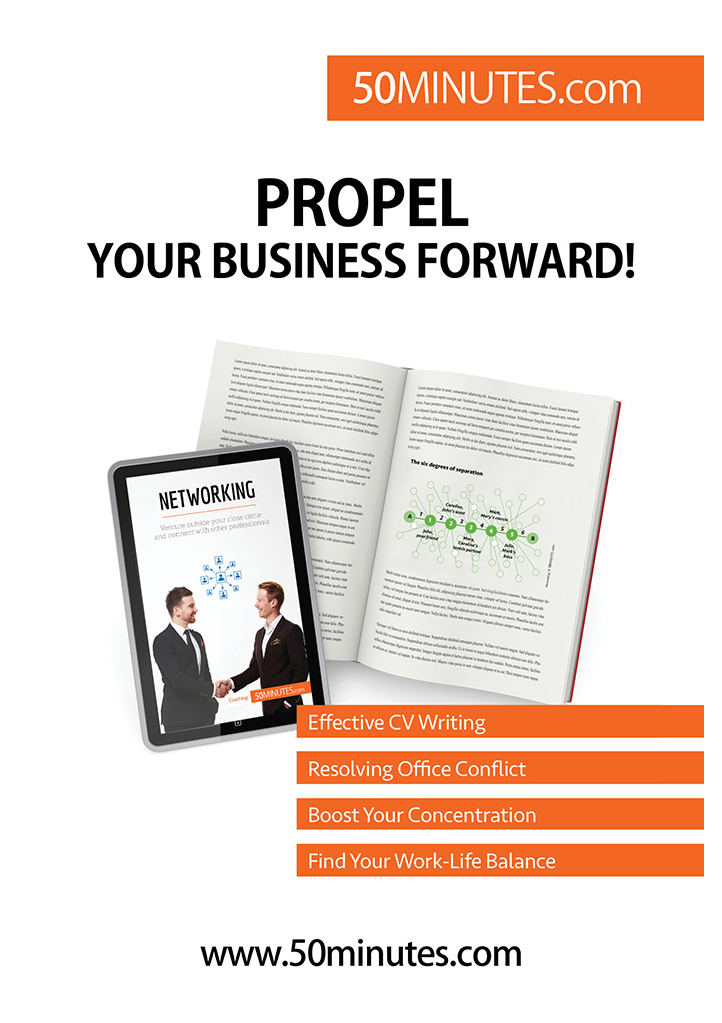Conflict resolution
- Problem: how can you get rid of a toxic atmosphere in your workplace? What can you do to overcome your own negative reactions, as well as those of your colleagues and superiors?
- Uses: conflictual situations, including minor friction, disagreements, misunderstandings and even outright animosity, are part of our daily lives, both at home and at work. Learning to analyse them and (re)act more constructively will contribute to a more pleasant atmosphere at work.
- Professional context: relationships between colleagues, relationships with your team, relationships with superiors.
- FAQs:
- Is conflict always a bad thing?
- How should I deal with task-related conflict?
- How should I deal with people-related conflict?
- How can I tell if something is not right?
- How can I resolve a conflict without one person losing?
- How important are working conditions?
We may not like it, we may do everything we can to avoid it, but it often breaks out all the same.
Whenever we get a job, we dream of a good working environment, just like we all dream of blue skies. However, stress, demotivation and aggressiveness are increasingly present in teams. Conflict is inevitable in human relationships, and it is useful to know how it progresses so that we can nip it in the bud.
Is conflict necessarily a bad thing for a company? Like stress, we tend to see it as something negative. However, just as we can distinguish between good stress, which is a driving force, and bad stress, which harms us, we can view conflict positively, as an opportunity for innovation and development, or negatively, when it poisons the atmosphere.
The more attention you pay to signs of discontent, the quicker you will be able to understand and manage them to the extent that it is your responsibility. Indeed, the roots of conflict can be found at various different levels of a company. If it comes from the institution or organisation (such as a change in working hours or production norms), you will need to evaluate how much room for manoeuvre you have. If it comes from an unpleasant remark from a colleague, you have the freedom to act. If you are leading a team, it is your duty to keep the peace between team members and to maintain an atmosphere of trust and a feeling of fairness.
Conflicts can hurt us, cause us stress and make us ill. They make us cynical, aggressive and withdrawn. When an interpersonal conflict arises, it is important to put your emotions aside and find a win-win solution. If only one person wins, the conflict is not resolved, it is just silenced.
Are you more of an actor or a spectator? When you witness power struggles, open conflict, hostile emails, unpleasant comments or catfights, how do you react? Do you avoid the situation? Face up to it? Enter the fray? Put up with it? Take part? It is important to understand how you work and know yourself well if you want to act in a way that is more mature and respectful of the other person and their point of view.
When we go to the office, it is mainly so that we can work, produce things or carry out tasks, generally while interacting with other people. In spite of what Facebook would have us believe, we cannot become friends with a single click: your colleagues are your collaborators, not your friends. You need to stay professional at work under all circumstances, or you risk letting your emotions govern your behaviour. It is better to be open to dialogue and work towards your shared objectives.
Sabrina greets Catherine very coldly. The new hire does not have the same qualifications as Sabrina, who therefore thinks that she is incompetent. I dont have anything against you, but I dont think its right that youre doing the same work as me. The company culture at their law office expects employees to be friendly and informal with one another. This leads to an awkward situation: should Catherine be friendly towards someone who is hostile to her, or should she draw attention to the conflict by being openly unfriendly? After a shaky start, this situation turned out well: Sabrina and Catherine were passionate about a shared project, threw themselves into it and were recognised for their hard work. Now, they are happy to greet each other warmly in the mornings. This shows that it is possible to overcome conflict at work without holding a grudge.
Managing conflicts: the basics
Recognising a conflict
Conflicts are a common and unavoidable occurrence in the world of work. They arise when the concerns of two or more seem impossible to reconcile.
- All conflicts have a minimum of two parties: two people, two teams, two groups, a person and a group, and so on.
- All conflicts are caused by a threat or a struggle, which can be either real or imagined.
- All conflicts result from interaction between people.
- Most conflicts are emotionally charged.
Cognitive conflict or relationship conflict?
- Cognitive conflict is related to the object of the conflict. It involves a clash of ideas and is an opportunity for innovation and development. It is often beneficial to teams and companies.
- Relationship conflict is linked to the relationship between the people involved. Power and emotions are at the heart of this type of conflict. The object is unimportant and there is therefore no point focusing on it to find a solution that will only make things worse! This is the type of conflict we are going to focus on.
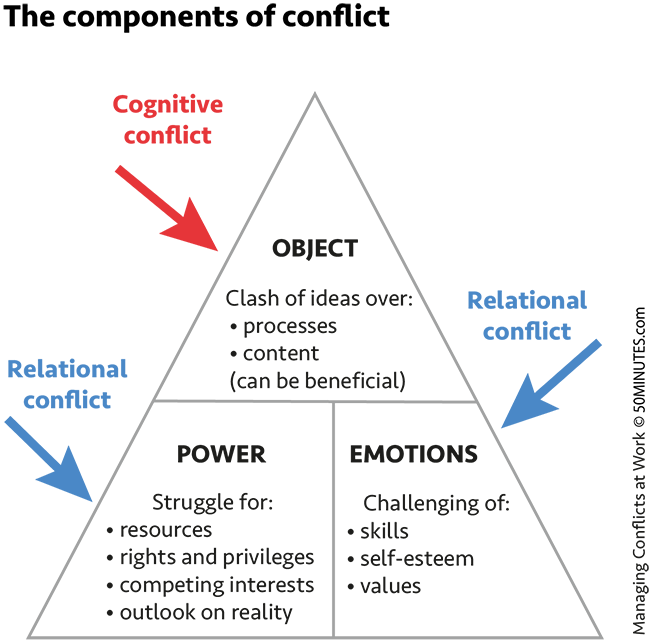
The sources of relationship conflicts
There are many reasons for relationship conflicts.
- Information and facts: your colleague has information that they do not pass on to you; your boss prioritises objectives that you think should be secondary; your supervisor evaluates you based on criteria that has little to do with your reality on the ground.
- Resources: your colleague has been given new equipment and is praised for completing tasks quickly while you struggle with your old PC; you do not have time to complete all your tasks.
- Competing interests: your colleague has their eye on the same promotion as you; your supervisor suggests new working hours that you are not happy about; your colleague wants to open the window even though you are already cold.
- Values: your boss never says hello to you; your colleague is completely set in their ways; another colleague never takes part in social events.
Conflict as a process
All interpersonal communication implies a relationship between the emitter and the receiver. Conflict emerges within the relationship. Since relationships are not static, the conflict may gradually get worse or, conversely, fade by itself and end in peace.
There are five stages to conflict, from mere irritation to all-out war:
- accumulation (frustration, resentment);
- controlled indifference (tensions, reluctant communication);
- avoidance (reduced interaction);
- cold war (subtle attacks, forming alliances);

